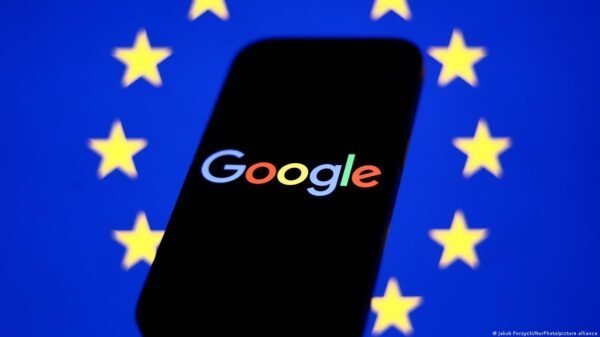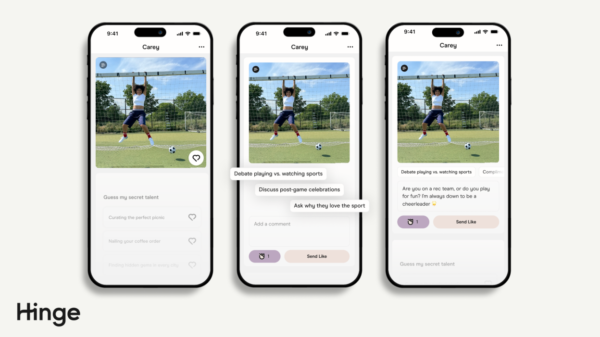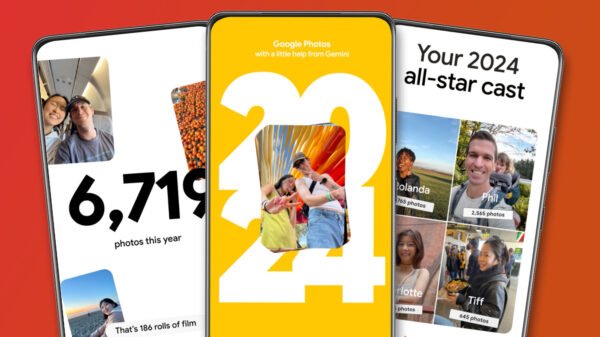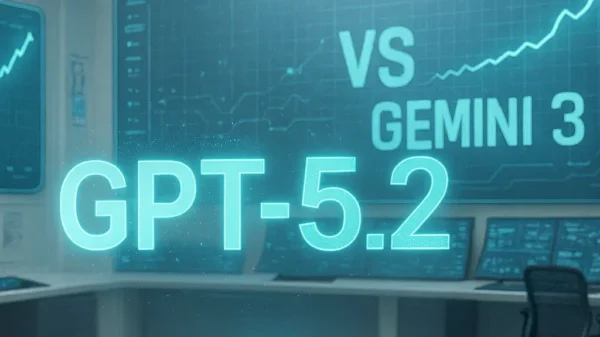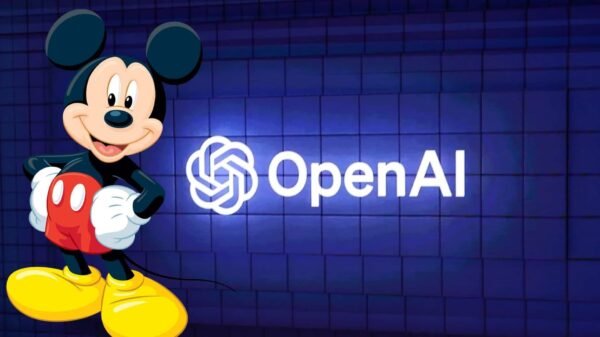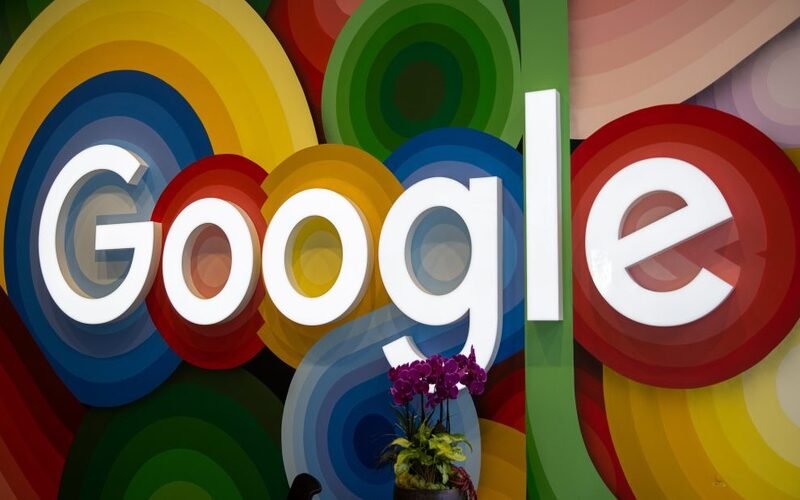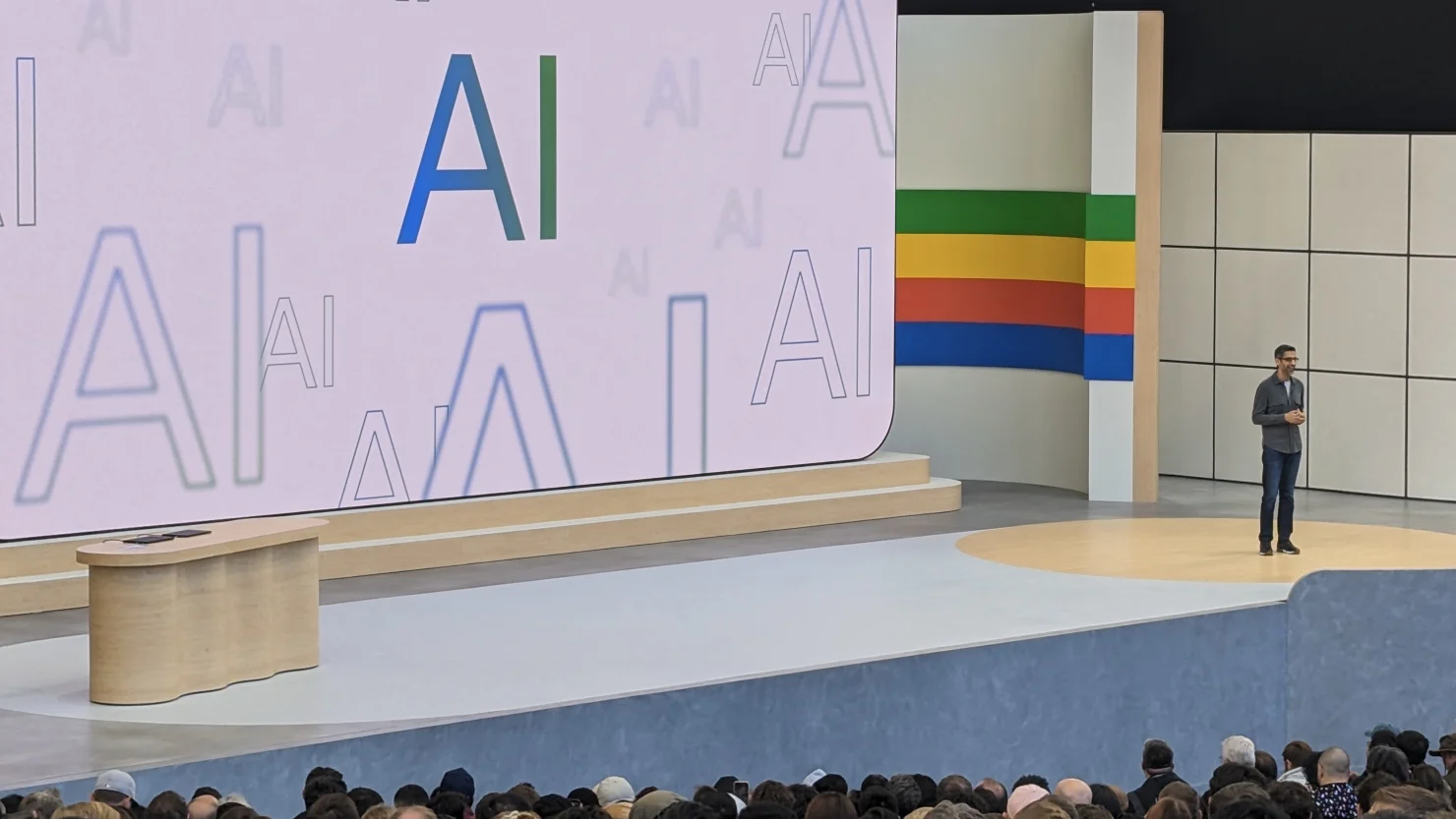Google is introducing a new AI-powered age estimation model to enhance online safety, particularly for younger users. First announced in February 2025, this initiative aims to ensure that individuals under 18 have access to age-appropriate digital experiences while preventing them from encountering harmful content. The rollout will begin in the United States, with plans to expand globally over time.
One of the biggest challenges tech companies face today is verifying users’ ages in a way that is accurate and difficult to bypass. Currently, Google allows users as young as 13 to create accounts but has struggled to prevent underage individuals from accessing restricted content. Many young users simply enter a false birthdate when signing up, bypassing existing safety measures.
To address this ongoing issue, Google is leveraging machine learning to estimate whether a user is under 18. This AI-driven system will analyze various data points associated with an account, including search history, YouTube activity, and the date the account was created. By implementing this technology, Google hopes to provide an additional layer of security that adapts and improves over time.
If Google’s system flags an account as belonging to a minor, the user will have the chance to verify their age through multiple methods. These may include uploading a selfie, providing a credit card, or submitting a government-issued ID. Google’s goal is to continuously refine this verification process to maintain both accuracy and fairness.
In his annual “Big Bets for 2025” presentation, YouTube CEO Neal Mohan emphasized the importance of this initiative. He stated that machine learning will play a critical role in distinguishing between minors and adults, helping to create a safer digital experience for all users.
Online safety has never been more important, particularly for children and teenagers who regularly access online content. While tools such as SafeSearch filters and Google’s Family Link already exist to assist with parental monitoring, these safeguards can be easily bypassed if a user lies about their age. A more intelligent approach, like this new machine learning model, could significantly improve age verification efforts.
While this AI-driven system won’t eliminate all online risks, it represents a significant step forward in digital safety. The use of artificial intelligence for security and personalization is becoming a growing trend across the tech industry. By taking this approach, Google is acknowledging the need for better safeguards and setting a precedent for other companies to follow.
The success of this initiative will depend on how well the machine learning model performs in real-world scenarios. It will also be essential to strike a balance between strengthening security and maintaining user privacy. As Google continues refining this system, the broader implications for online safety and user experience remain substantial.
For now, this development highlights Google’s commitment to fostering a safer digital environment, particularly for younger users. As the internet continues to evolve, companies will likely face increasing pressure to adopt similar safeguards. Google’s approach signals a significant step in the ongoing effort to improve online protections while ensuring that users of all ages can explore the digital world safely.






